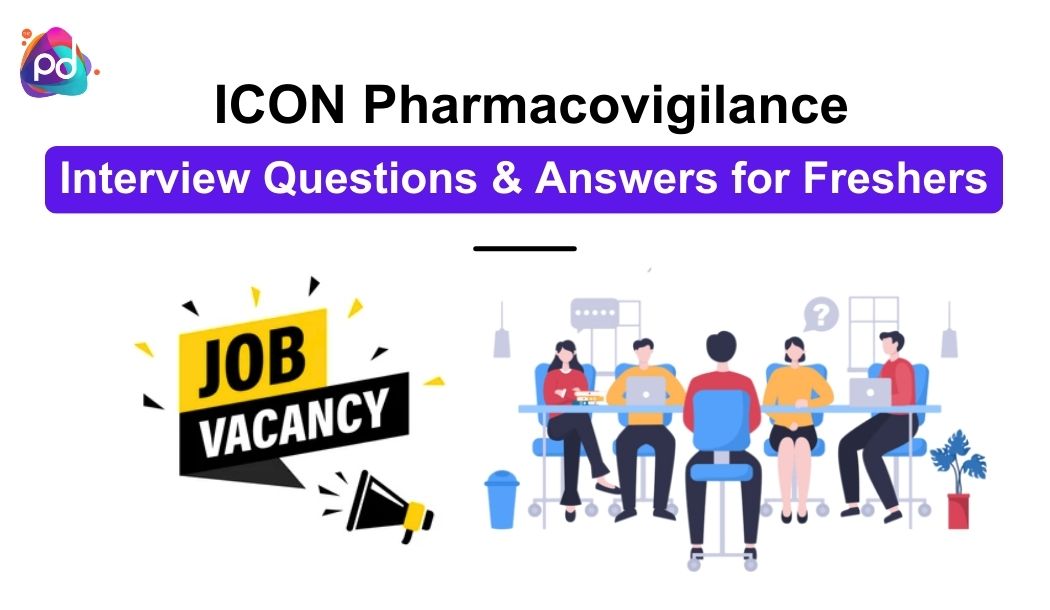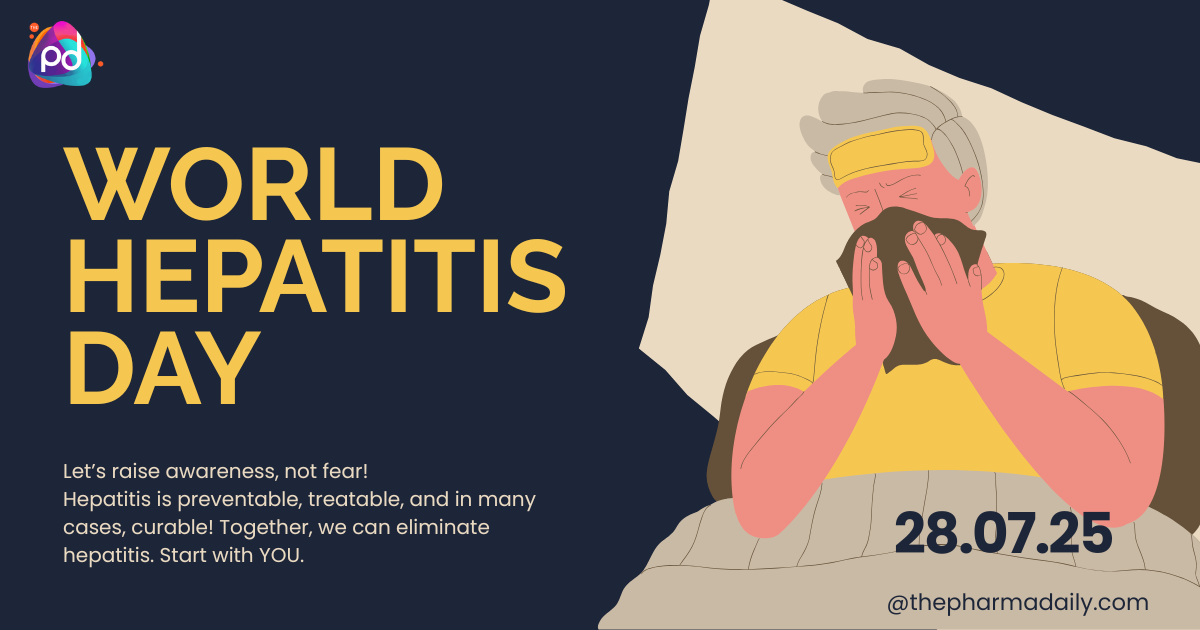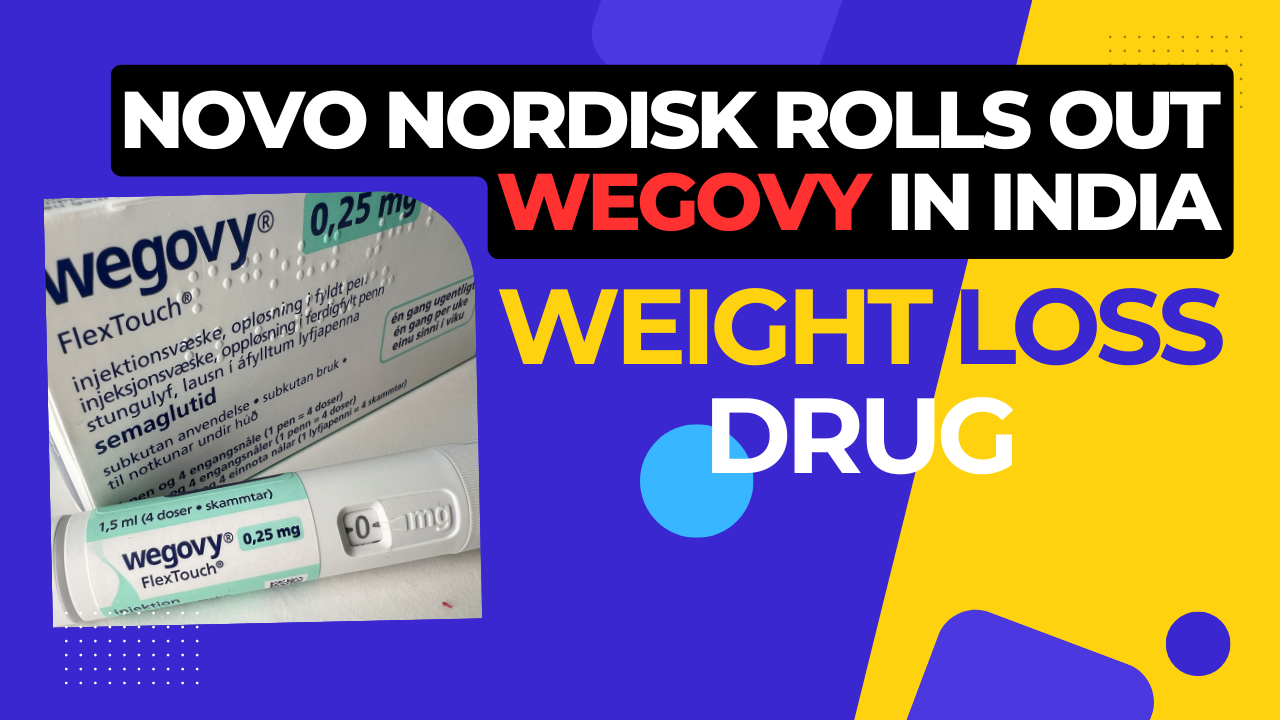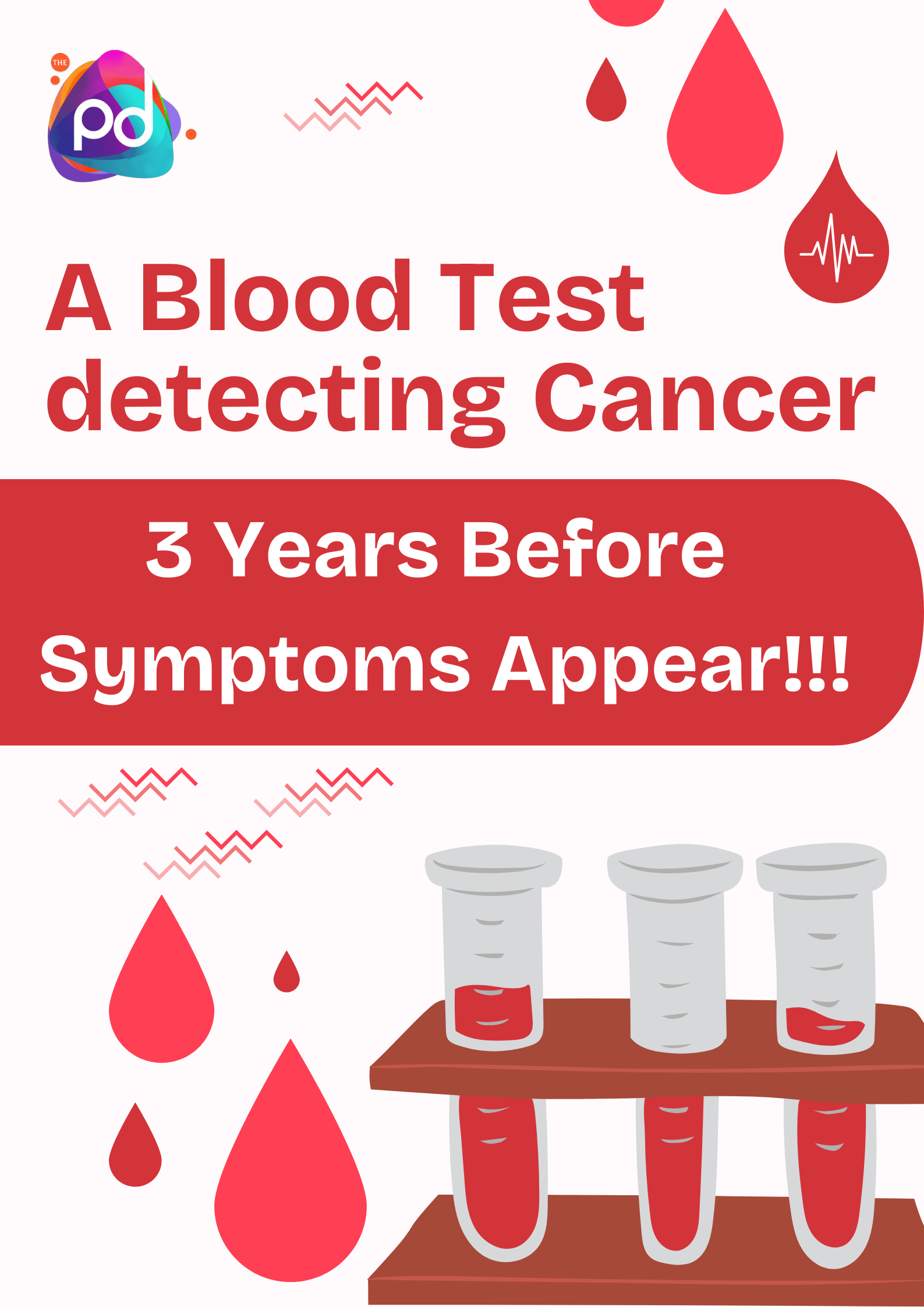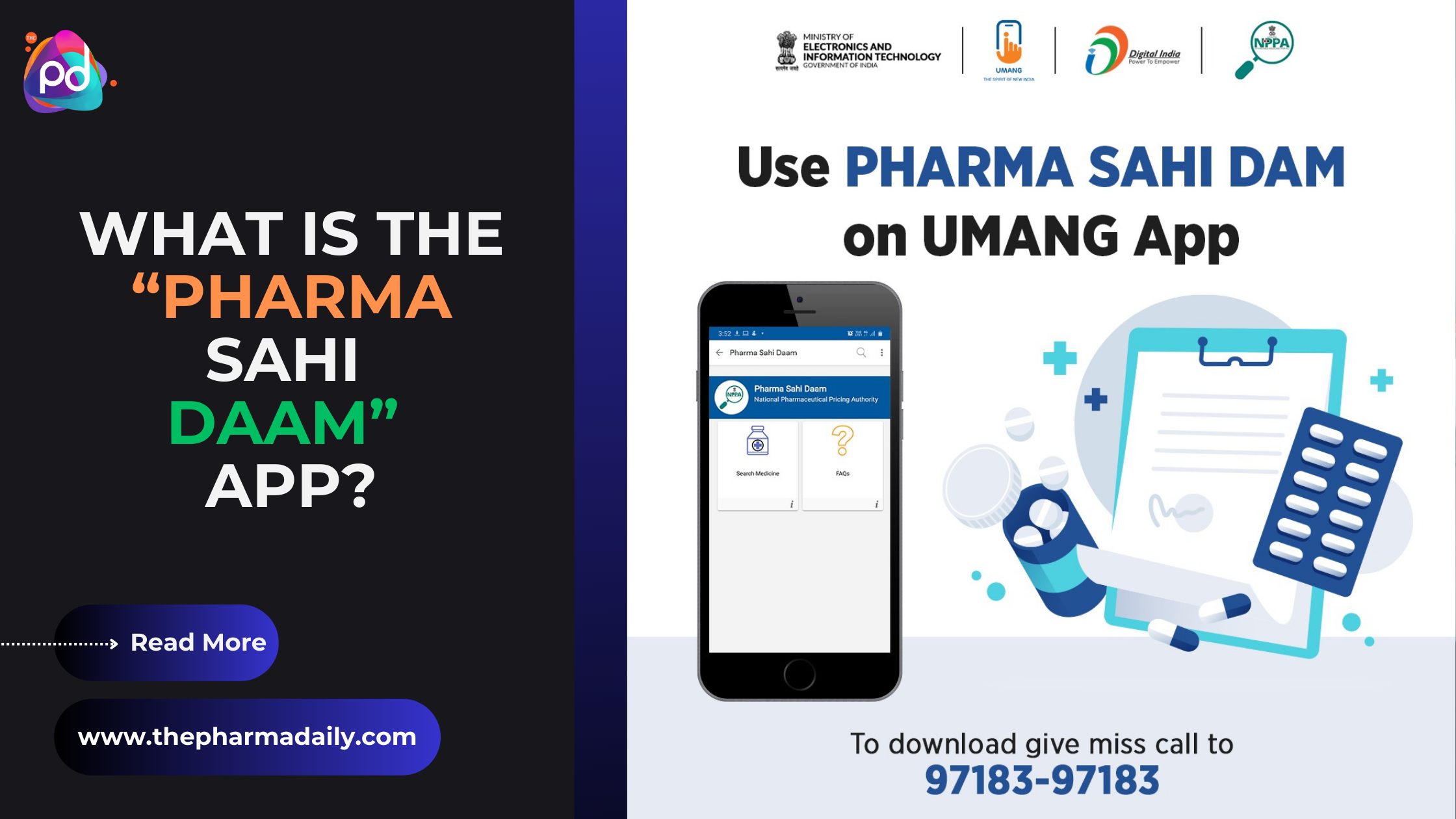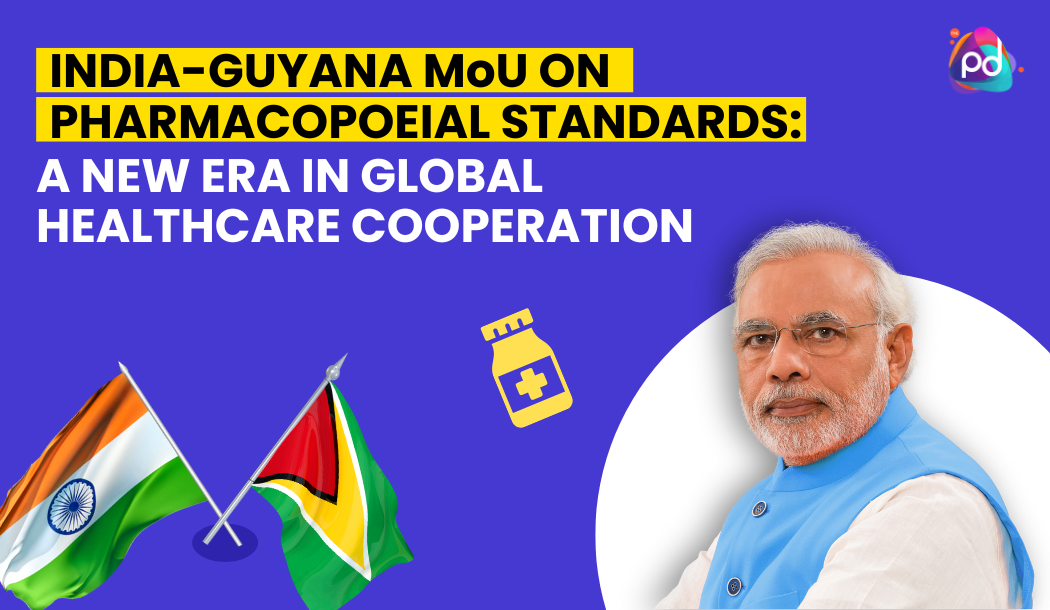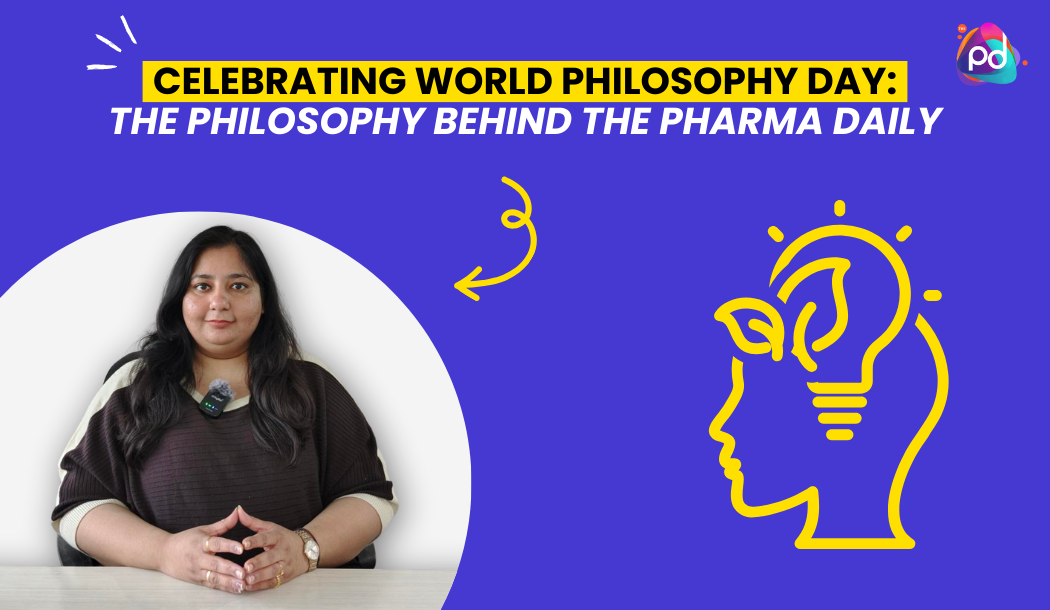World Hepatitis Day 2025 – Let’s Break It Down
ICON Pharmacovigilance Interview Questions and Answers for Freshers
Embarking on a journey in pharmacovigilance at ICON offers freshers a gateway to contributing to drug safety and efficacy on a global scale. To assist in your preparation for the interview process, we've curated a list of essential questions and answers, distinct from the common queries. This guide aims to equip you with the foundational knowledge and confidence required to navigate your interview at ICON. Let's dive into the world of pharmacovigilance with enthusiasm and precision. 🚀
1. What does the term "signal detection" mean in pharmacovigilance, and why is it important? 📡
Answer: Signal detection in pharmacovigilance refers to the process of identifying unusual patterns or trends in adverse event data that may indicate a new safety issue with a drug. It's crucial because early detection of potential risks can lead to timely interventions, such as updating safety information, which ultimately protects patients.
2. How does pharmacovigilance differ from clinical trials? 🧪📊
Answer: Pharmacovigilance focuses on monitoring the safety of medicines after they have been approved and are on the market, analyzing adverse drug reactions, and ensuring the drugs remain safe for the public. Clinical trials, on the other hand, are research studies performed before a drug is approved to assess its safety and effectiveness in a controlled environment.
3. What is the role of the EudraVigilance database? 🖥️
Answer: The EudraVigilance database is operated by the European Medicines Agency (EMA) and is designed to collect and analyze reports of suspected adverse reactions to medicines that have been authorized or are being studied in clinical trials in the European Economic Area (EEA). It plays a key role in the European Union's pharmacovigilance system by facilitating early detection of potential safety issues.
4. Explain the difference between a serious and a non-serious adverse event. 🆘🆗
Answer: A serious adverse event (SAE) is any untoward medical occurrence that results in death, is life-threatening, requires hospitalization or prolongation of existing hospitalization, results in persistent or significant disability/incapacity, or is a congenital anomaly/birth defect. A non-serious adverse event is any adverse event that does not meet these criteria and is usually transient and mild in nature.
5. Why is patient confidentiality important in pharmacovigilance? 🤫
Answer: Patient confidentiality is paramount in pharmacovigilance to protect the privacy and personal health information of individuals reporting adverse events. This ethical and legal consideration encourages the reporting of adverse events by ensuring that patient identities are not disclosed, thereby maintaining trust in the pharmacovigilance system.
6. What is a Periodic Safety Update Report (PSUR), and what is its purpose? 📅
Answer: A Periodic Safety Update Report (PSUR) is a comprehensive report that marketing authorization holders must submit at defined intervals to regulatory authorities. The PSUR provides an updated evaluation of the risk-benefit balance of a medicinal product, reviewing all new available safety information in the context of total patient exposure. Its purpose is to ensure continuous monitoring of the product's safety profile.
7. How would you differentiate between causality and correlation in adverse event reporting? 🔍💡
Answer: Causality refers to a cause-and-effect relationship between a drug and an adverse event, indicating that the drug is responsible for the event. Correlation, on the other hand, implies a statistical association between the drug and the adverse event without proving that the drug caused the event. Distinguishing between the two is crucial for accurate drug safety assessments.
8. What steps would you take if you identified a counterfeit drug? 🛑
Answer: If I identified a counterfeit drug, I would immediately document all relevant details of the product and report the incident to the regulatory authorities, such as the FDA or EMA, and the original manufacturer. This action is critical to initiate investigations, prevent further distribution, and protect public health.
9. Describe how you would manage a large volume of adverse event reports efficiently. 🗂️💨
Answer: Managing a large volume of reports efficiently requires a systematic approach, including prioritization based on seriousness and urgency, employing robust data management systems for tracking and analysis, and ensuring a well-trained team to handle different aspects of the reporting process. Leveraging technology, such as AI and machine learning for initial screening, can also significantly enhance efficiency.
10. What motivates you to work in pharmacovigilance at ICON? 🌟
Answer: My motivation to work in pharmacovigilance at ICON stems from the company's commitment to improving global health outcomes through scientific excellence and innovation in drug safety. ICON's collaborative environment and

